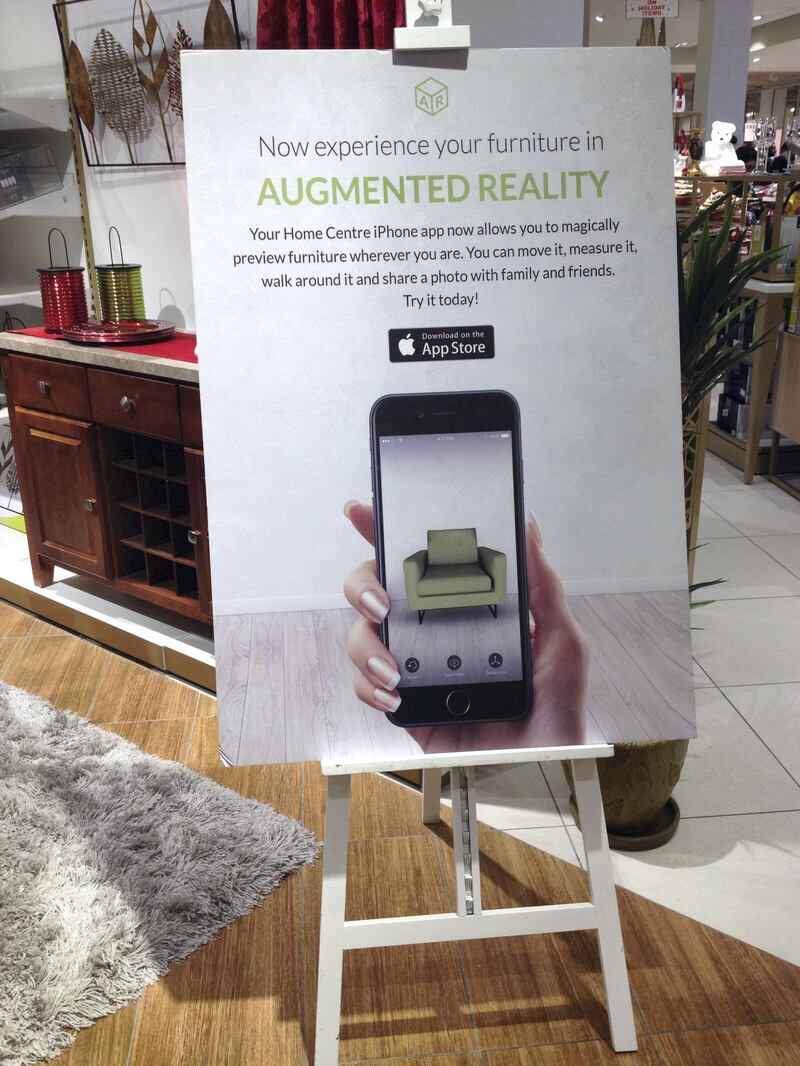Gaming studio Niantic Labs announced in November the details of its newest game – Harry Potter: Wizards Unite – expected to be released this year. Based on augmented reality, the highly anticipated smartphone game will be overlaid on users’ real-world neighbourhoods, allowing players to discover and fight legendary beasts and take down powerful enemies, all while walking on the streets close to their homes.
The game is the latest to attempt to tap the potential of AR, defined as the integration of digital information and the physical environment in real time, where apps take the user’s existing surroundings and superimpose computer-generated information on top of it via a smartphone or other device. While AR has been around for some time, it shot to the mainstream with the hugely popular 2016 game Pokemon Go, also developed by Niantic.
Pokemon Go was a world-wide phenomenon, and the one of the first examples of mass adoption of AR. At its peak, the game had more users than Twitter in the US. It went on to earn more than US$600 million within three months of its launch, the fastest game to hit the landmark.
The upcoming Harry Potter game will be Niantic’s follow-up to Pokemon Go, and will mark the start of a new chapter in the evolution of AR-based mobile entertainment.
But AR’s reach promises to extend far beyond gaming; the technology is also experiencing a gradual adoption in various business sectors.
____________
Read more:
Apple faces French criminal investigation as customers allege IPhones are designed to die
Samsung operating income misses estimates on currency headwinds
____________
Google Glass, the search giant’s AR-equipped spectacles first announced in 2012, may have failed to catch on in the mass market, but are proving to be a useful ally for medical professionals conducting surgeries and other complicated medical procedures. Microsoft’s HoloLens AR headset allows architects to move around large-scale projections of buildings to look out for safety issues.
Technology start-up Meta is developing an AR-based headset that will allow users to completely shift their desktop-based computer usage to apps inside the headset – making the day-to-day office functions totally computer-free – and establishing the Meta 2 headset an effective replacement for the traditional desktop monitor.
Retail is another area where AR is making headway. Ikea in September launched its Ikea Place App, which uses AR to allow users to see for themselves how their chosen pieces of furniture would fit and look in their own homes. Similar functionality has been introduced by the UAE retailer Home Centre.
Lego has introduced AR kiosks in some of its retail shops that allow potential customers to scan a toy of their choice and immediately get to see, in 3D, what the finished product will look like.
Based on such developments, the US research analysts DigiCapital predict the global AR market will grow to reach $83 billion by 2021.
That said, it’s still early days for the mass adoption of AR outside games and entertainment, with several challenges facing the technology. The most important among these is the relative lack of availability of AR-powered hardware at affordable prices. Microsoft HoloLens or Google Glass are great at high-end visualisation, but at over $1,000 their costs remain high.
In spite of progress in a number of areas, very few apps and use cases have been launched in the AR space to make the domain anything other than a highly selective niche.
With limited developer support and lack of compelling business models, AR needs a big thrust from somewhere to reach the next level of adoption.
It helps that the collective might of tech powerhouses such as Microsoft, Google and Facebook is firmly behind the technology. Enhanced AR capabilities were among the key features highlighted by Apple in its iPhone 8 and X models, unveiled last year.
Governments and corporations in the Middle East are also increasingly experimenting with AR.
Dubai Land Department in September launched Mashrooi, an AR-powered app that allows users to track the progress of real estate projects and compare actual construction against developer plans. Dubai Frame, which opened this month, features AR screens for visitors that allow them to identify nearby landmarks.
Emirates launched an interactive amenity kit in 2016, that used AR to unlock immersive content on travellers’ mobiles via the Blippar app. Last month, the airline launched Noel the Polar Bear as part of its Fly With Me Animals range, complete with a gift card that unlocked 3D AR content via the Emirates Kids AR app.
Such examples hint at the possibilities that AR offers in both consumer and business segments. In the coming years there may well an explosion of these.
As the physical and digital worlds increasingly become intertwined, our sensory experiences are in for the ride of a lifetime.





